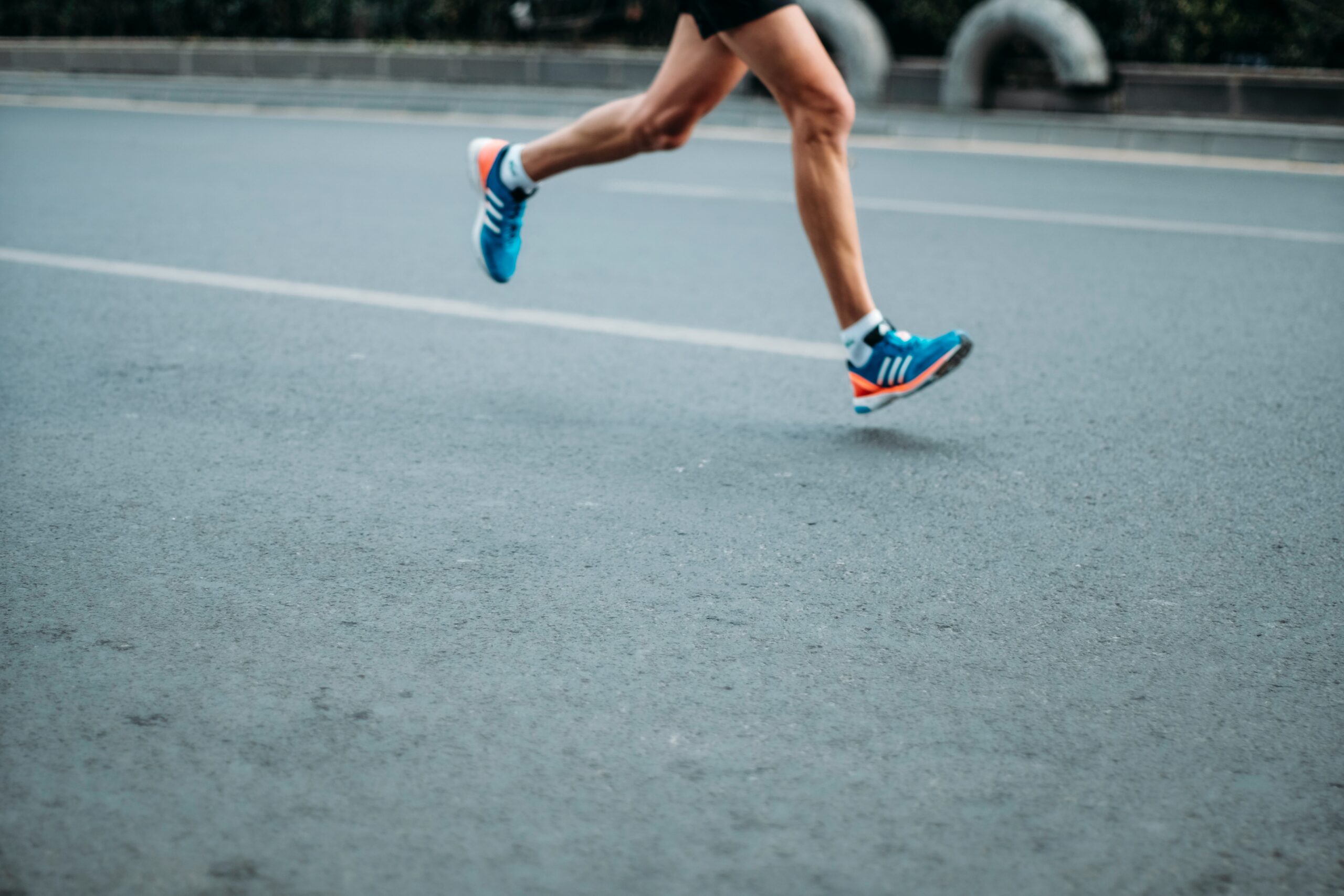What is Running Cadence?
Running cadence refers to the number of steps a runner takes per minute. It is often measured in terms of steps per minute (SPM). Cadence is an important factor in running technique and can have a significant impact on performance and injury prevention.
The Benefits of a Higher Cadence
A higher running cadence has been shown to have several benefits for runners. Firstly, it can help to improve running efficiency. When you increase your cadence, you take shorter, quicker steps, which can reduce the amount of time your feet spend on the ground. This can lead to a more efficient running stride and improved speed.
Secondly, a higher cadence can help to reduce the risk of injury. When you take shorter, quicker steps, you reduce the impact forces that are transmitted through your body with each foot strike. This can help to alleviate stress on your joints and muscles, reducing the risk of overuse injuries.
How to Improve Your Cadence
If you want to improve your running cadence, there are several strategies you can try:
- Use a Metronome: A metronome is a device that produces a regular, audible beat. You can set the metronome to your desired cadence and try to match your foot strikes to the beat.
- Focus on Quick, Light Steps: When you run, try to focus on taking quick, light steps. Imagine that you are running on hot coals and need to minimize the amount of time your feet spend on the ground.
- Gradually Increase Your Cadence: Start by increasing your cadence by 5-10% and gradually work your way up. This will give your body time to adapt to the higher cadence.
Conclusion
Running cadence is an important factor in running technique and can have a significant impact on performance and injury prevention. A higher cadence can help to improve running efficiency and reduce the risk of injury. If you want to improve your cadence, try using a metronome, focusing on quick, light steps, and gradually increasing your cadence over time.






